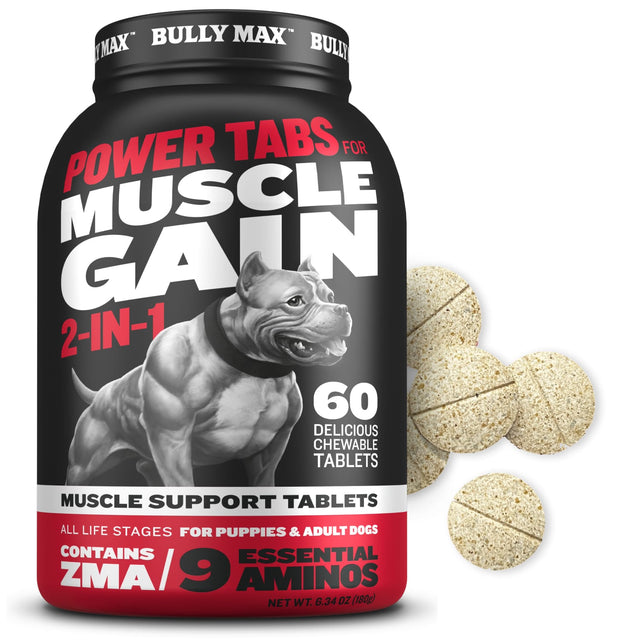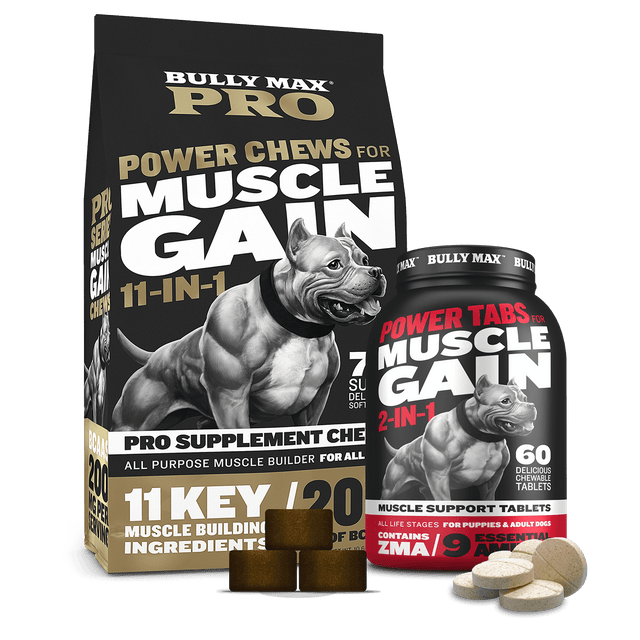Everything You Need to Know about Osteoarthritis in Dogs
Osteoarthritis in dogs is a common problem. A study in 2015 suggests that one in four of 77.2 million pet dogs in the United States are diagnosed with some form of arthritis with osteoarthritis being the highest, affecting about 25% of the population.
Osteoarthritis is the inflammation of the synovial joints. This degenerative joint disease is a common chronic problem in senior dogs, particularly in large breeds. Its development is affected by age and weight. The key is to identify the problem early on and initiate care management to improve the quality of life and keep the dog active.
What Is Osteoarthritis in Dogs?
The cartilage acts as a cushion to move the joints freely through their full range of motion. However, they degenerate over time, leading to loss of movement and pain. Age, injury, disease, or repetitive trauma could cause the cushion to break. The cartilage thinning, fluid build-up, and bony outgrowths around the joints worsen joint inflammation and decrease the range of motion. Other possible causes of joint degeneration include developmental malformation, infection, trauma, or immune-mediated abnormalities.
Osteoarthritis can develop in any joint of the body but is mostly seen in the lower spine and limbs. It could be classified as primary or secondary. Primary osteoarthritis is usually associated with aging or those which are of unknown cause (idiopathic). Secondary osteoarthritis occurs because of another joint problem, such as dysplasia (hip/elbow), cruciate ligament tear, patellar luxation, or other injuries. Regardless of its classification, the series of changes as the disease progresses degrades joint health.
What Are the Risk Factors of Osteoarthritis in Dogs?
 Age and weight are the most important factors, with middle-aged to senior dogs being most at risk. Obesity as a result of diet or improper nutrition is one of the most common factors.
Age and weight are the most important factors, with middle-aged to senior dogs being most at risk. Obesity as a result of diet or improper nutrition is one of the most common factors.
Another contributing factor is a lifestyle, including exercise and repetitive stress from athletic activities.
Genetics is also said to play a part, having a predilection to large or giant breeds such as Labrador Retriever, Golden Retriever, and German shepherd dogs.
Other risk factors include infections and injuries of the joints, such as Lyme Disease or dysplasia and ligament tears.
Symptoms are not apparent until the joint is badly damaged, which is why osteoarthritis is hard to detect in its early stages. As part of their natural instincts in the wild, some dogs are good at hiding pain until they can no longer hold it, but by then, the case is already severe. It is crucial to stay up-to-date with regular veterinary visits if your dog is predisposed to developing osteoarthritis. They can help monitor your dog’s weight, and lifestyle, notice early signs, and address the condition before it becomes serious.
What Are the Signs of Osteoarthritis in Dogs?
Pet parents will notice some general signs of sickness such as lethargy, irritability, reluctance to move such as sitting or standing, decreased energy, and willingness to play. More specific signs related to joint pain may include lameness, muscle wasting, joint swelling, limping, change in posture or gait, and slouching when walking. As the disease progresses, a grating sound can be heard during joint movement.
How Do Vets Diagnose Osteoarthritis in Dogs?
It is important that you bring your dog to a vet if you suspect that they are suffering from or have observed some signs of osteoarthritis. The veterinarian would start by conducting a physical examination. This would include palpation of the joints and assessing the range of motion. Swollen and relatively warm joints indicate inflammation. The presence of thickening, muscle atrophy and crepitus will also be checked. To further evaluate the condition and see the extent of damages, if there is any, the veterinarian may also order radiographs (x-rays). In some cases, more advanced imaging techniques may be done, such as CT and MRI. Samples may also be taken for joint fluid analysis and bloodworks. Arthroscopy may also be performed, wherein a small incision is done to evaluate the joint structures using an endoscope.
Is There a Treatment for Osteoarthritis in Dogs?
 Managing osteoarthritis could be through surgical or medical intervention.
Managing osteoarthritis could be through surgical or medical intervention.
Surgical options could be a preventive, repair, or salvage procedure. The purpose of preventive procedures is to improve the function and structure of the joint and delay the onset of arthritis, allowing the joint to function more normally. This is usually applied in cases of ruptured ligaments, patellar luxation, elbow and hip dysplasia, limb deformities, fractures, and joint dislocations. Once arthritis has already occurred, repair surgery such as joint replacement is an option to reduce pain and improve the function of the affected limb. However, if the arthritis is beyond repair, salvage surgery such as arthrodesis and Femoral Head and Neck Excision (FHNE) are performed to make the patient comfortable and mobile again. This is usually a last resort because the joint can no longer function normally.
Medical intervention may include the use of drugs, weight loss, warm compress, exercises, physical therapy or a multimodal approach to ensure joint health. Medications to address inflammation, pain, and to slow down the disease progression are usually prescribed. These would include corticosteroids, NSAIDS, Adequan, gabapentin, tramadol, and amantidine. However, the use of these drugs is guarded in patients with liver and kidney disease. Supplements such as glucosamine, chondroitin, omega 3 fatty acids, glycosaminoglycans, antioxidants, and natural anti-inflammatory products are given long-term.
Alternative therapies such as acupuncture, cold laser, physiotherapy, physical therapy, chiropractic manipulation, swimming and underwater treadmill are also utilized for the management of osteoarthritis .
Weight management is important to all dogs, with or without osteoarthritis. The excess weight exacerbates osteoarthritis as it inflicts pain and speeds up cartilage breakdown. Maintaining a healthy weight of your dogs since they are puppies is a critical deterrent of osteoarthritis. If at some point, being overweight is a risk factor, your veterinarian might prescribe a therapeutic weight loss diet. These formulas contain supplements like glucosamine. Bully Max Total Health Powder has 250 mg glucosamine, 50 mg chondroitin sulfate, and 240 mg Omega 3 fatty acid, which are all good for joint health.





![How to Train a Search and Rescue Dog [Dog Trainer Explains]](http://shop.bullymax.com/cdn/shop/articles/Search_and_Rescue_Dogs_in_dog_training_court.jpg?v=1713867590&width=400)

